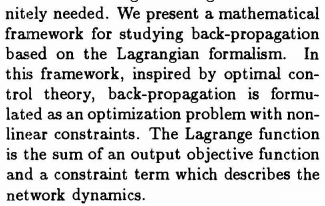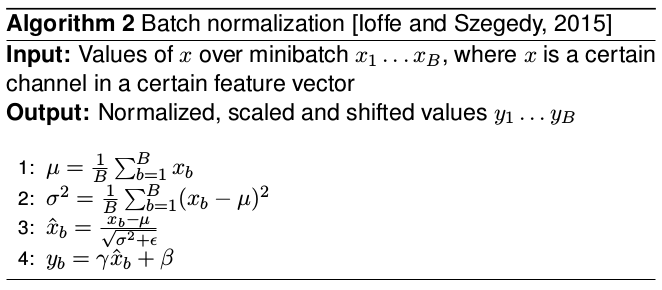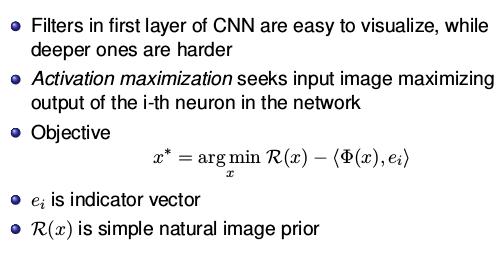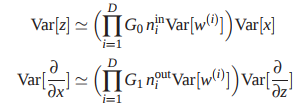[Stats385] Lecture 01-02, warm up with some questions
Theories of Deep Learning
借该课程,进入战略要地的局部战斗中,采用红色字体表示值得深究的概念,以及想起的一些需要注意的地方。
Lecture 01
Lecture01: Deep Learning Challenge. Is There Theory? (Donoho/Monajemi/Papyan)
纯粹的简介,意义不大。
Lecture 02
Video: Stats385 - Theories of Deep Learning - David Donoho - Lecture 2
资料:http://deeplearning.net/reading-list/ 【有点意思的链接】
Readings for this lecture
1 A mathematical theory of deep convolutional neural networks for feature extraction
2 Energy propagation in deep convolutional neural networks
3 Discrete deep feature extraction: A theory and new architectures
4 Topology reduction in deep convolutional feature extraction networks
重要点记录:
未知概念:能量传播,Topology reduction
Lecturer said:
"Deep learning is simply an era where brute force has sudenly exploded its potential."
"How to use brute force (with limited scope) methold to yield result."
介绍ImageNet,没啥可说的;然后是基本back-propagation。

提了一句:
Newton法的发明人牛顿从来没想过用到NN这种地方,尬聊。
output的常见输出cost计算【补充】,介绍三种:
Assume z is the actual output and t is the target output.
| squared error: | E = (z-t)2/2 |
| cross entropy: | E = -t log(z) - (1-t)log(1-z) |
| softmax: | E = -(zi - log Σj exp(zj)), where i is the correct class. |
第一个难点:
严乐春大咖:http://yann.lecun.com/exdb/publis/pdf/lecun-88.pdf
通过拉格朗日不等式认识反向传播,摘自论文链接前言。

开始介绍常见的卷积网络模型以及对应引进的feature。
讲到在正则方面,dropout有等价ridge regression的效果。
通过这个对比:AlexNet vs. Olshausen and Field 引出了一些深度思考:
- Why does AlexNet learn filters similar to Olshausen/Field?
- Is there an implicit sparsity-promotion in training network?
- How would classification results change if replace learned filters in first layer with analytically defined wavelets, e.g. Gabors?
- Filters in the first layer are spatially localized, oriented and bandpass. What properties do filters in remaining layers satisfy?
- Can we derive mathematically?

Does this imply filters can be learned in unsupervised manner?
第三个难点:
关于卷积可视化,以及DeepDream的原理。

第四个难点:
补充一个难点:权重初始化的策略

Links:
以上提及的重难点,未来将在此附上对应的博客链接。



 浙公网安备 33010602011771号
浙公网安备 33010602011771号